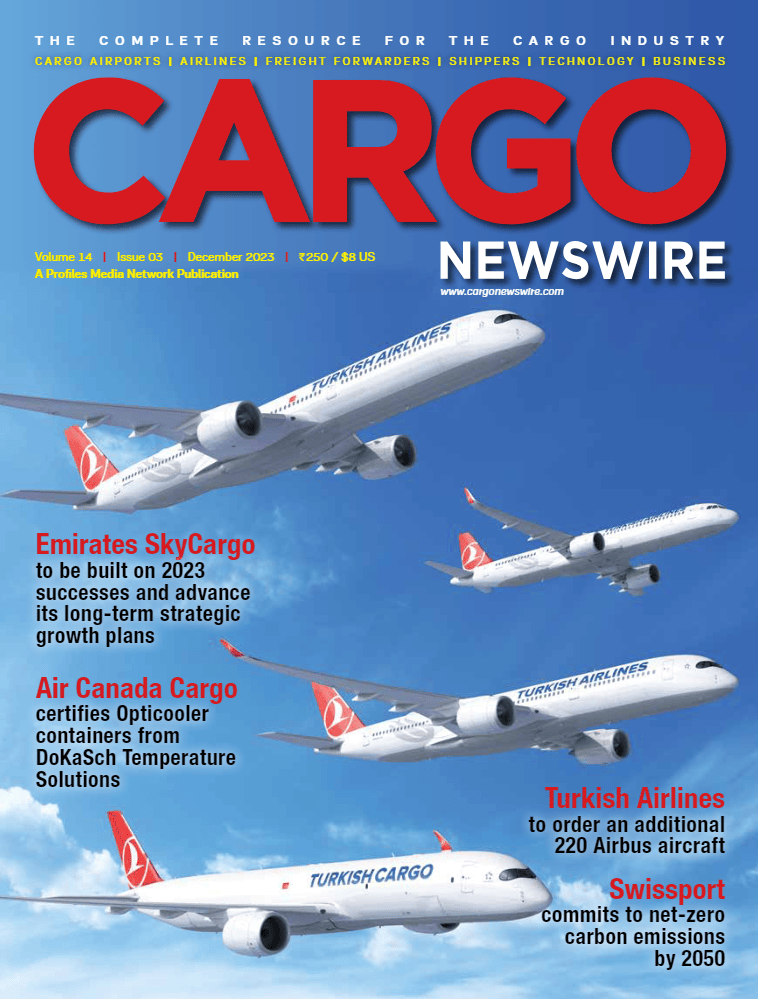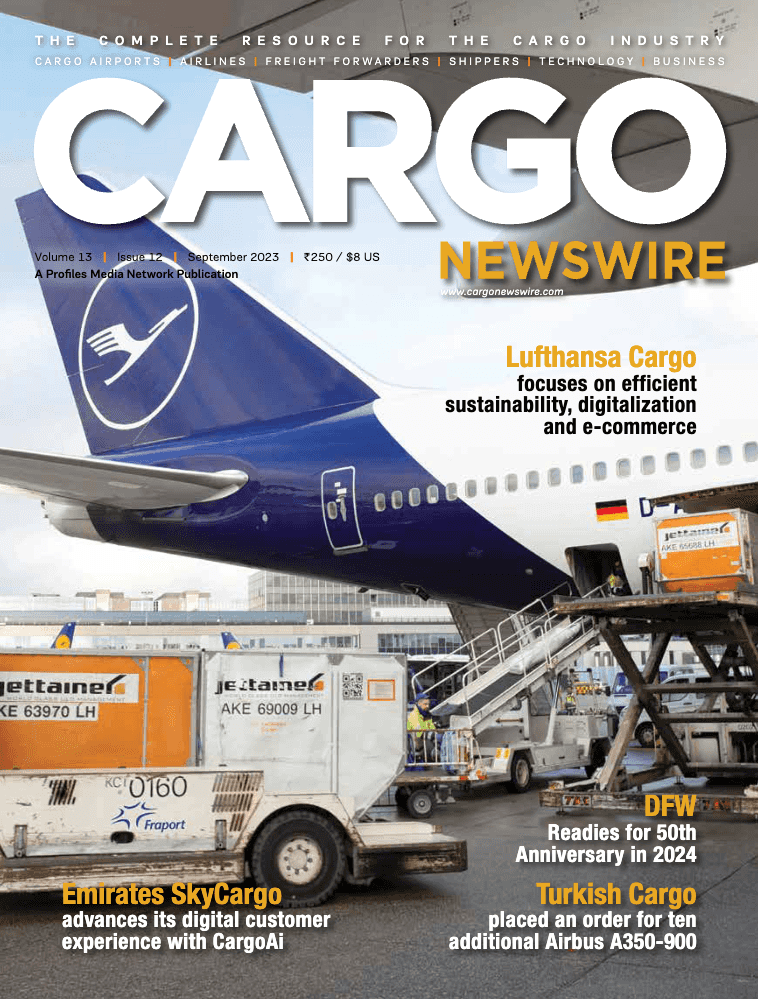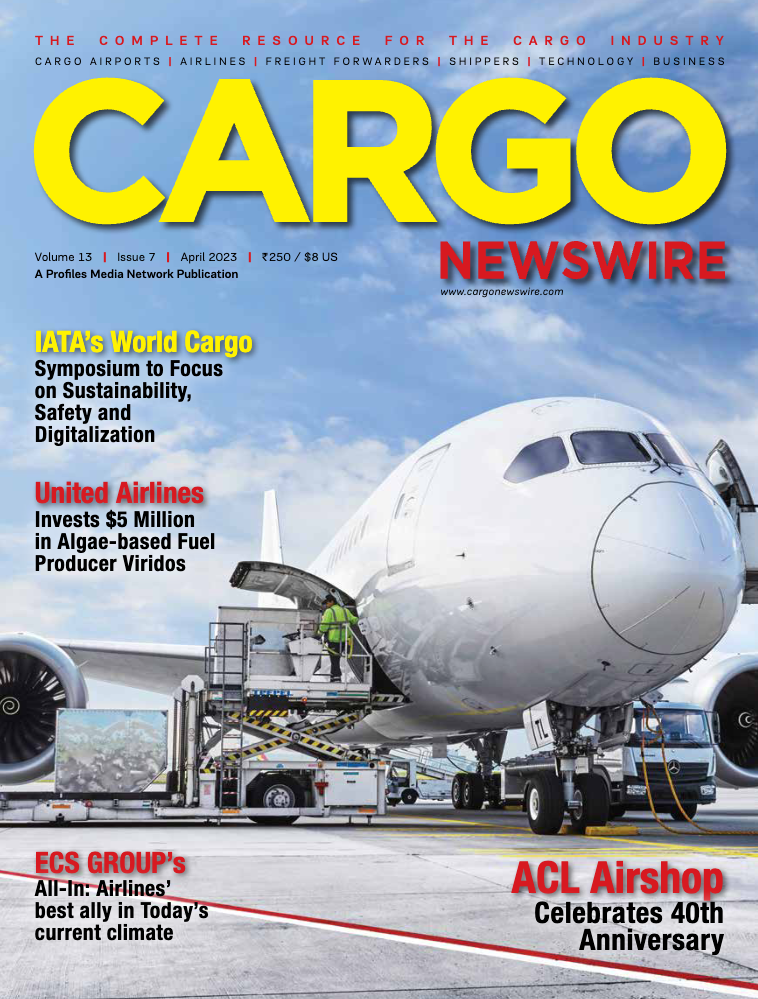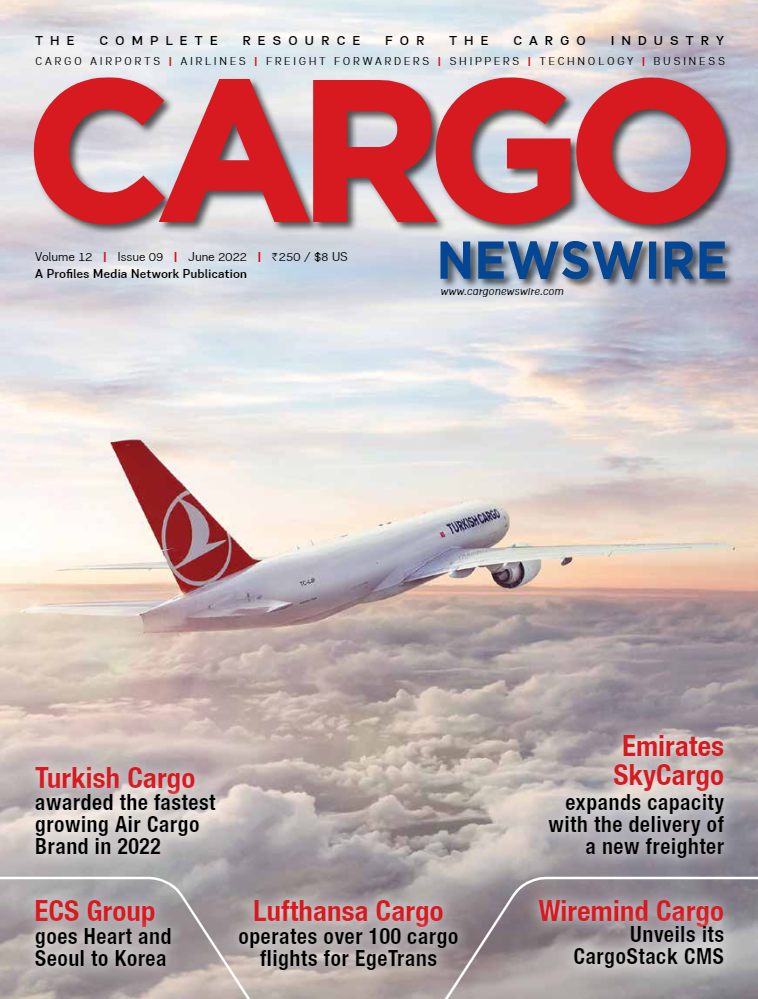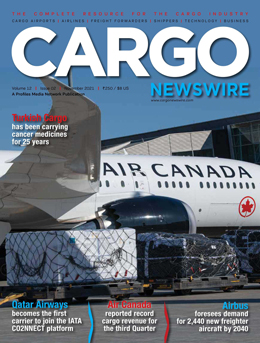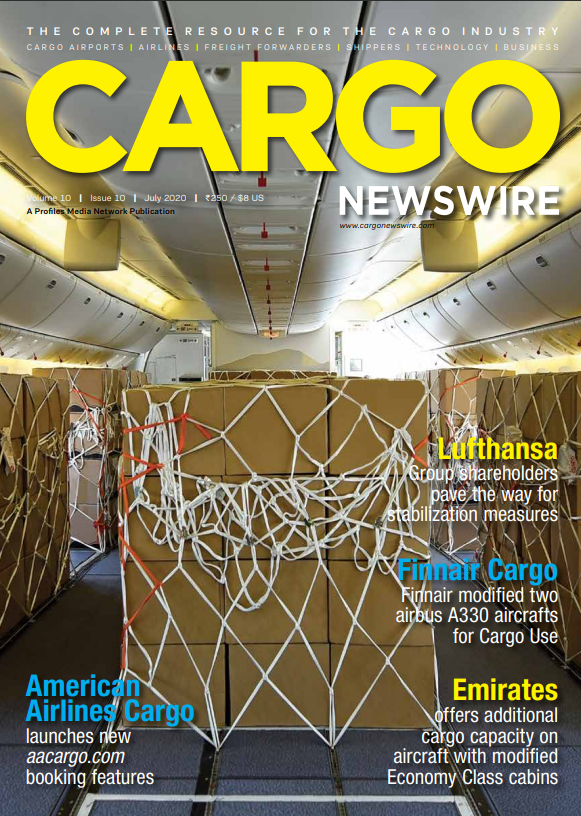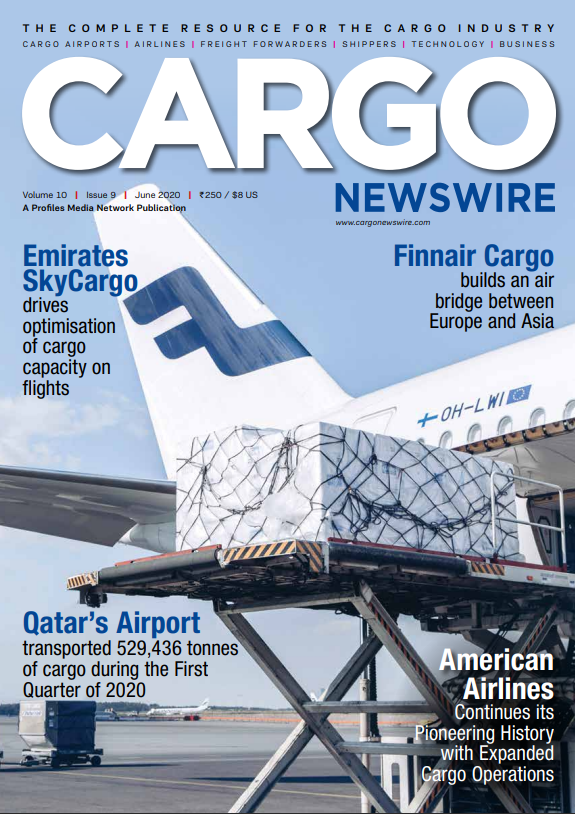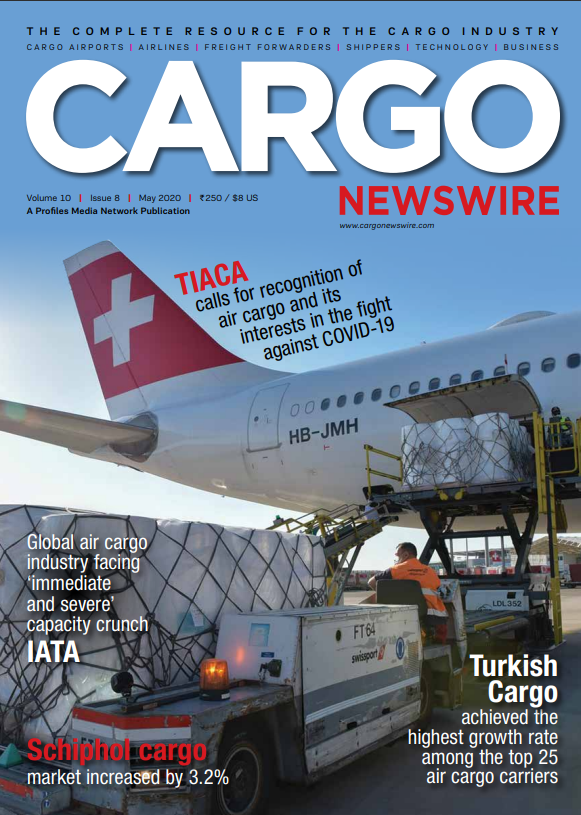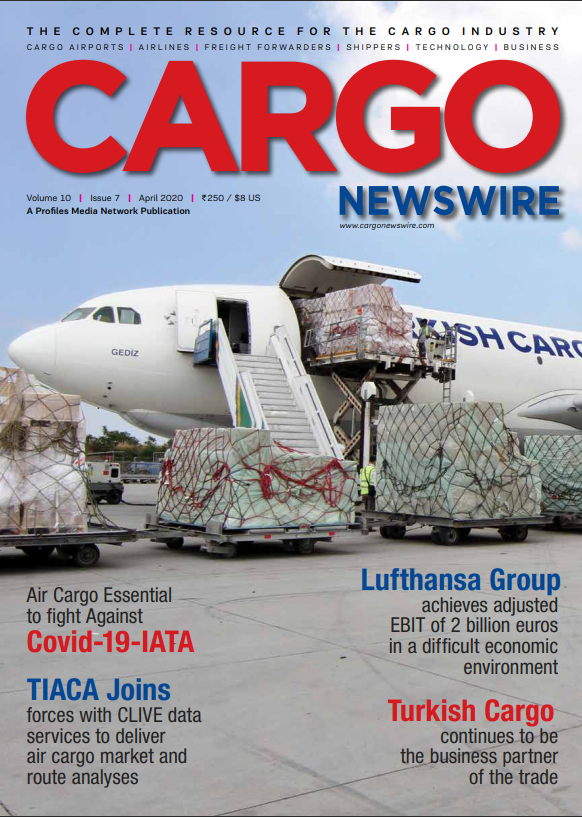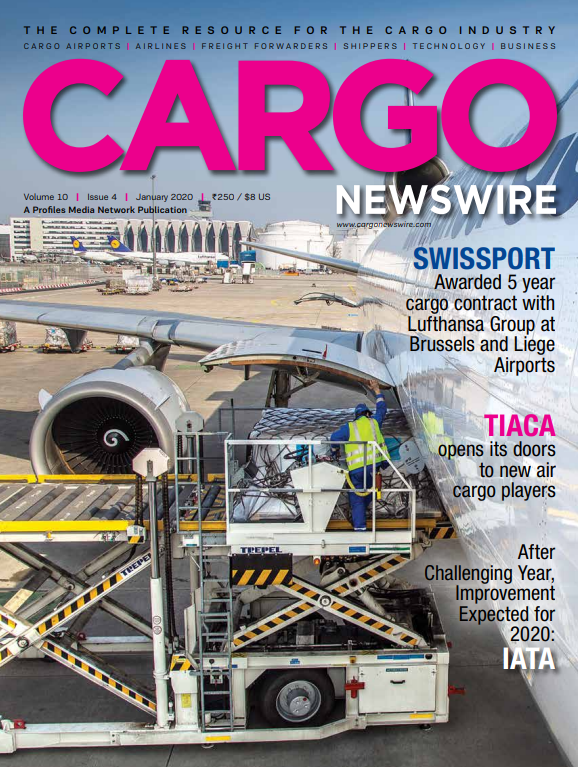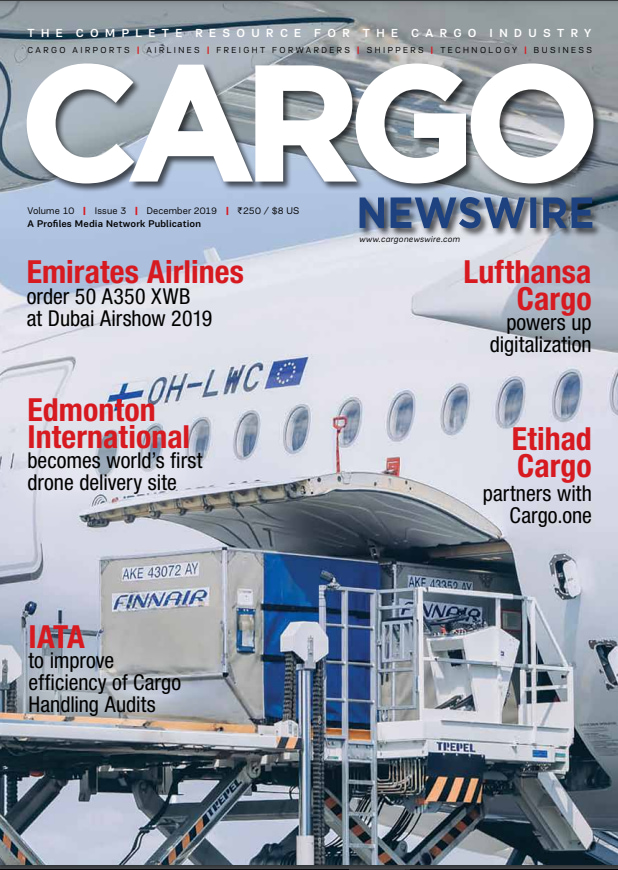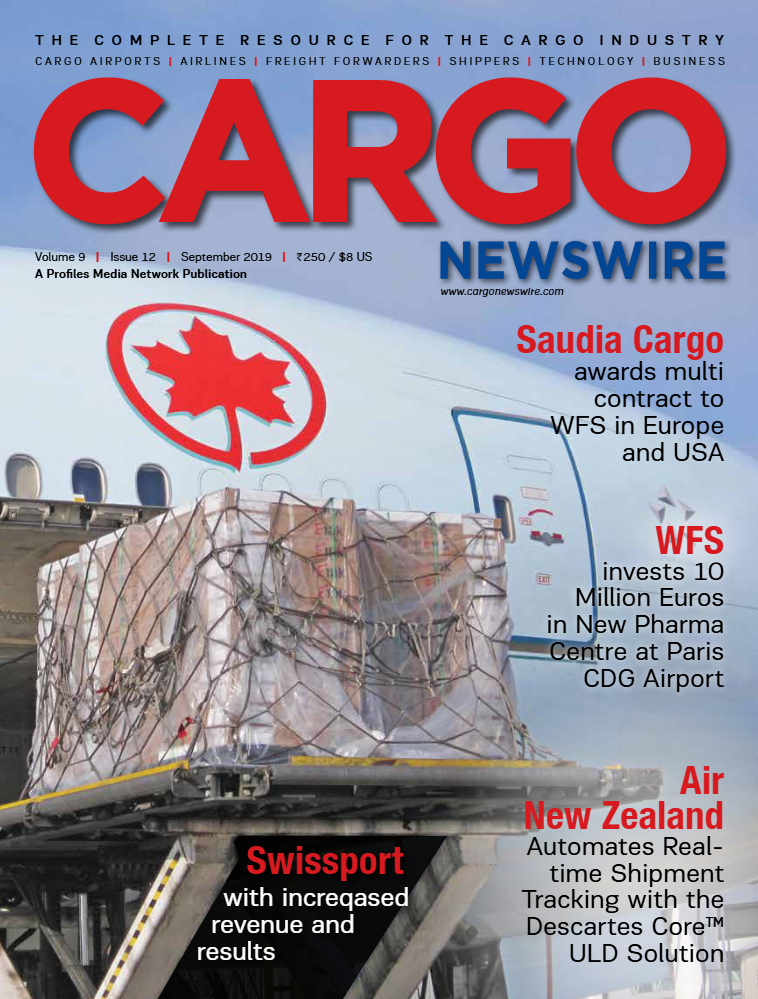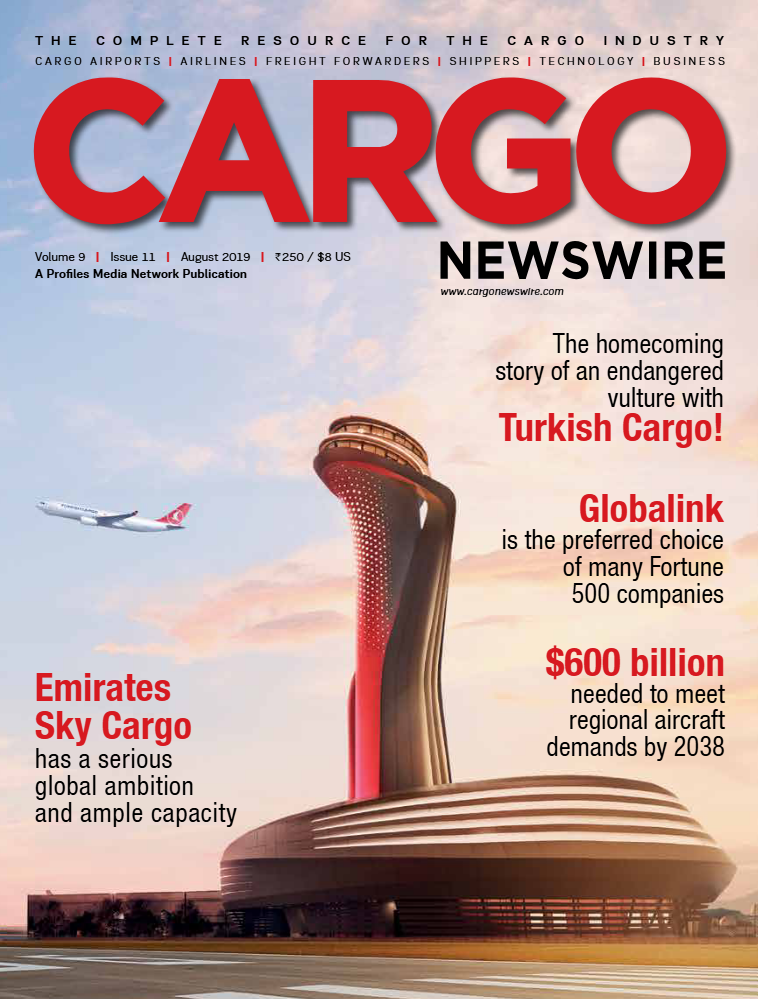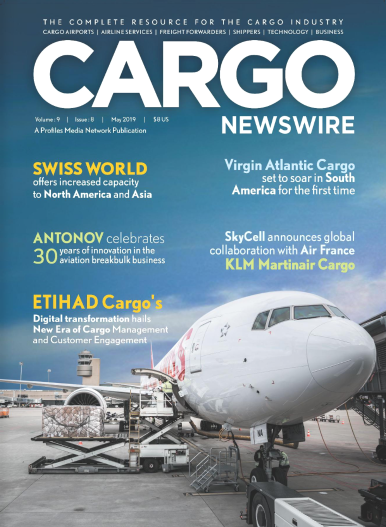LATEST ISSUE
October 2025
Volume 16, Issue 01
Etihad Airways’ Record Month of Aircraft Deliveries – A Strategic Turning Point for Passenger and Cargo Growth
Etihad Cargo, the logistics arm of Etihad Airways, has reported strong performance across all markets in the first half of 2025, reinforcing the airline’s agility and resilience in a dynamic global landscape.
Positive performance was achieved across all regions year-on-year, with the overall cargo revenue increasing 9% year-on-year, reflecting growth in both capacity and yield.
Stanislas Brun, Chief Cargo Officer, Etihad Airways, said: “These results demonstrate that Etihad Cargo is delivering sustainable performance by focusing on premium products, agile network planning, and close partnerships with our customers. Adaptability and customer-centricity remain central to our success.”
Etihad Cargo’s flexible e-commerce strategy empowered SMEs and local businesses, strengthening Abu Dhabi’s role as a regional hub for logistics and digital commerce.
Fleet Expansion & Strategic Partnerships
To meet rising demand, Etihad Cargo strengthened its fleet with the recent delivery of an additional Boeing 777 freighter from Atlas Air, further enhancing capacity and flexibility across its network.
Archive


























